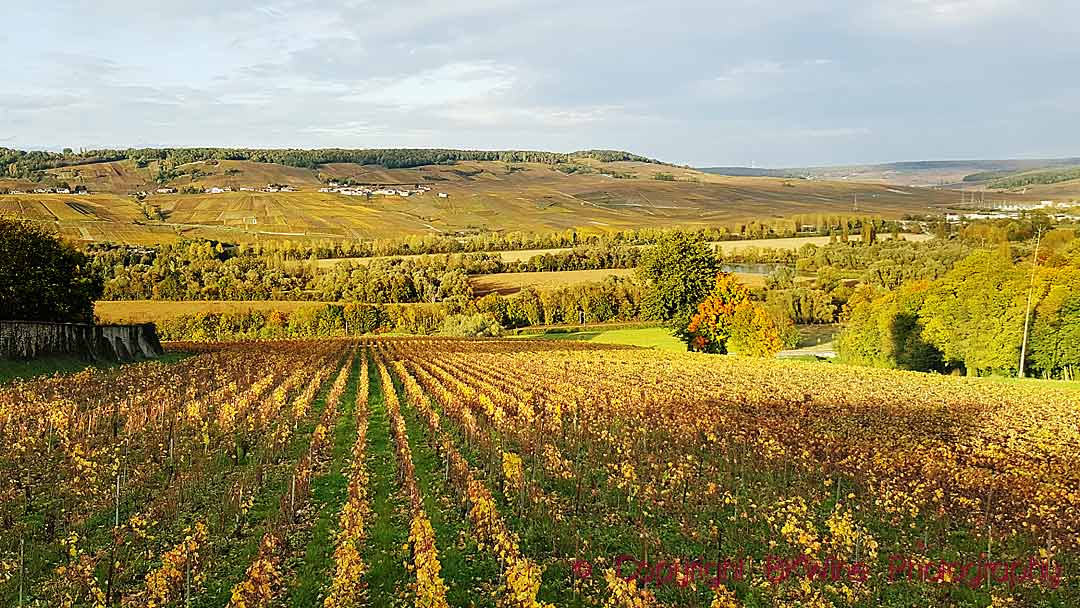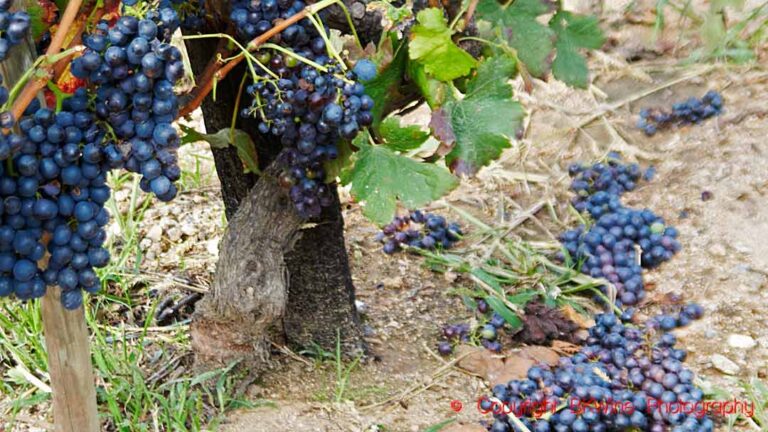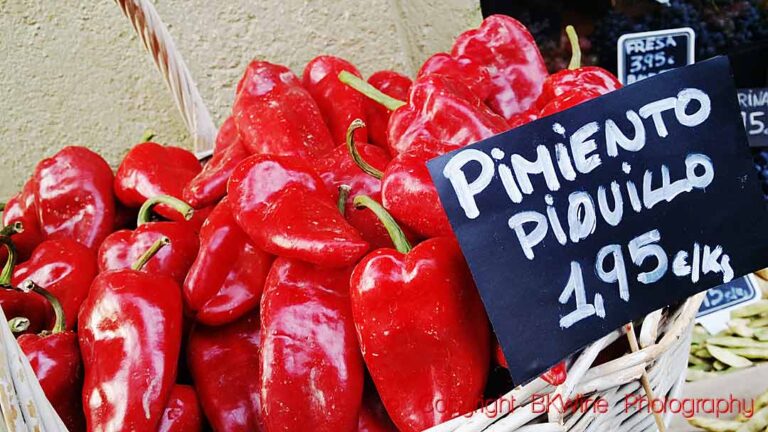The Growers’ Association (Syndicat Général des Vignerons, SGV) in Champagne decided on July 29 to allow vineyards with lower planting density from 2023. Today it is mandatory to have at most 1.50 meters between the rows. Most vineyards have around 8000 plants per hectare.
The new rules will allow to have 2 to 2.2 meters (approximately 5000 plants/ha). The height of the vines will then be around 2 meters, compared to today’s 1.2 to 1.3 meters.
It is, of course, about climate change. Experiments with lower density have been conducted for the past ten years. They show that the vines have better resistance to drought and that the acidity is better preserved in the grapes. The vines are also less sensitive to spring frosts. Not least, the work in the vineyard will be easier. Carbon dioxide emissions are said to be reduced by 20% thanks to more efficient tractors than those used today.
We wrote about these experiments in Champagne already in January.
It has caused outrage in some places. Some believe that the quality of champagne is in danger, others that this will transform the landscape so much that the region’s UNESCO World Heritage is threatened. We have a hard time believing that this change in the rules will be so dramatic and have not seen any persuasive arguments for it. That “high planting density (e.g. 10,000/ha) is vital for the quality” is often said but not well-proven.
The same day, the SGV also decided to introduce in Champagne a fungus-resistant grape called voltis. The growers will be allowed to plant in on a maximum of 5% of their total vineyard surface. Presumably, all this will now have to be rubber-stamped by the INAO.
Read more: sudouest












One Response
I am importing the first French INRAE developed resistant Voltis anf Floreal grapes plant here in May 2023 in order to follow their maturation in the cold climate region of Denmark in parallel to the GermanJKI developed Calardis Blanc and Calardis Musque olus Villaris and Felicia slso developed PIWI species from JKI